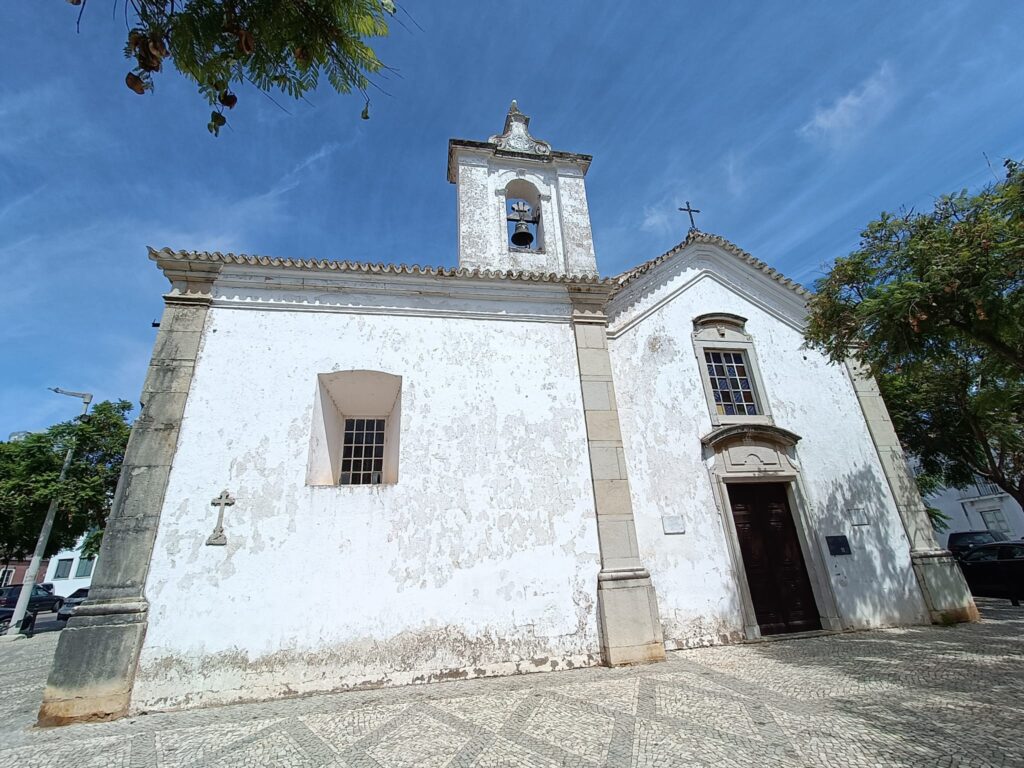The Municipal Museum of Faro will mark Saint Sebastian's Day, on January 20th, with a mass, a party and a concert.
The festivities will begin with a “Celebration of the Word”, at 16:30 pm, at the Ermida de São Sebastião. During this moment there will be an opportunity to talk about the martyr and the restoration of the altarpiece, which has been taking place in the temple in recent months and which will give a new look to this important artistic element.
Group 98 of Faro (Corpo Nacional de Escutas – CNE) will also participate, guarding the image of the Saint during the procession, upon leaving the hermitage and upon arrival at the Church of Saint Peter, where a Eucharist will take place at 18pm, dedicated to the memories of this Saint and of São Vicente (Patron Saint of the Algarve).
At 21:30 pm, at Ermida, seeking to make the space seen as a hub for culture, there will be a fado concert, led by the Associação de Fado do Algarve.
This initiative, organized by the municipality, has the support of the Union of Parishes of Sé and São Pedro, Parish of São Pedro and Grouping 98 of Faro (CNE).
The Chapel of São Sebastião is a classified building built at the end of the 15th century (this being the saint protector of plagues, the space was built on the city's old outskirts, with the aim of warding off epidemics), which has been the object of restoration work on its main altarpiece.
The conservative intervention is the responsibility of the conservation team at the Municipal Museum of Faro and sought to stabilize the processes of degradation and perpetuate over time the heritage values of the altarpiece, a work with baroque characteristics, dating from 1720, the year in which the cathedral of the Cathedral made a contribution to this construction.
In fact, the intervention on this piece of sacred art has allowed the Museum to carry out a series of activities, with the aim of promoting the space and the study of heritage, but also cultural mediation, raising awareness among the community and other audiences interested in this matter, for issues such as the protection of memories and historical remains. Guided tours, musical moments, lectures and educational activities, integrated into the Museum's school plan, have taken place throughout the period in which the piece's restoration has been carried out.
The recovery of this festival, which in times gone by, was one of great devotion and brilliance, in which processions were held, the community was greatly mobilized and there were even rocket launches in honor of the saint, is yet another of the initiatives that aim to enhance this space.
Saint Sebastian was martyred in the year 288, or 300.
The Saint, who scholars believe may have been born in Narbonne (southern France) or Milan (Italy), the city where he grew up until moving to Rome, saw his courage recognized by Emperor Diocletian, who appointed him captain general of the Praetorian Guard.
However, Sebastião was a Christian and encouraged the condemned to remain faithful to their faith. Denounced by Fabian, Roman Governor, he is accused by the Emperor and sentenced to die stuck with arrows, as, in fact, he is usually represented.
He was saved by Saint Irene, but as soon as he recovered he returned to the emperor to defend the Christians, being whipped to death and then thrown into the Cloaca Maxima, the filthiest place in Rome. The body was recovered and buried in the catacombs of the Appian Way.



















Comments